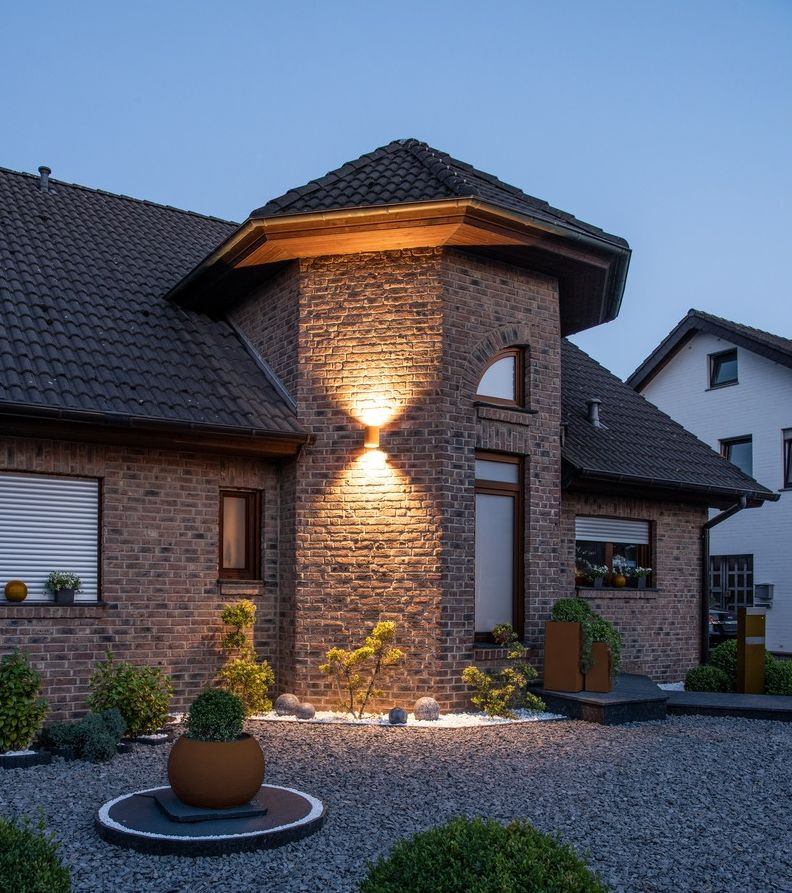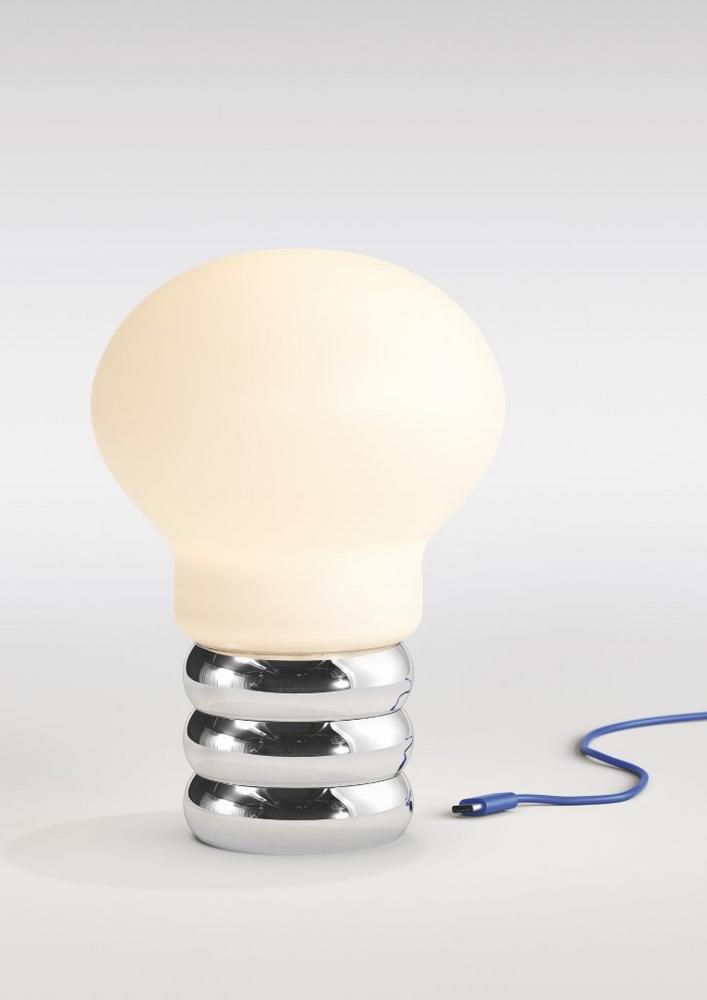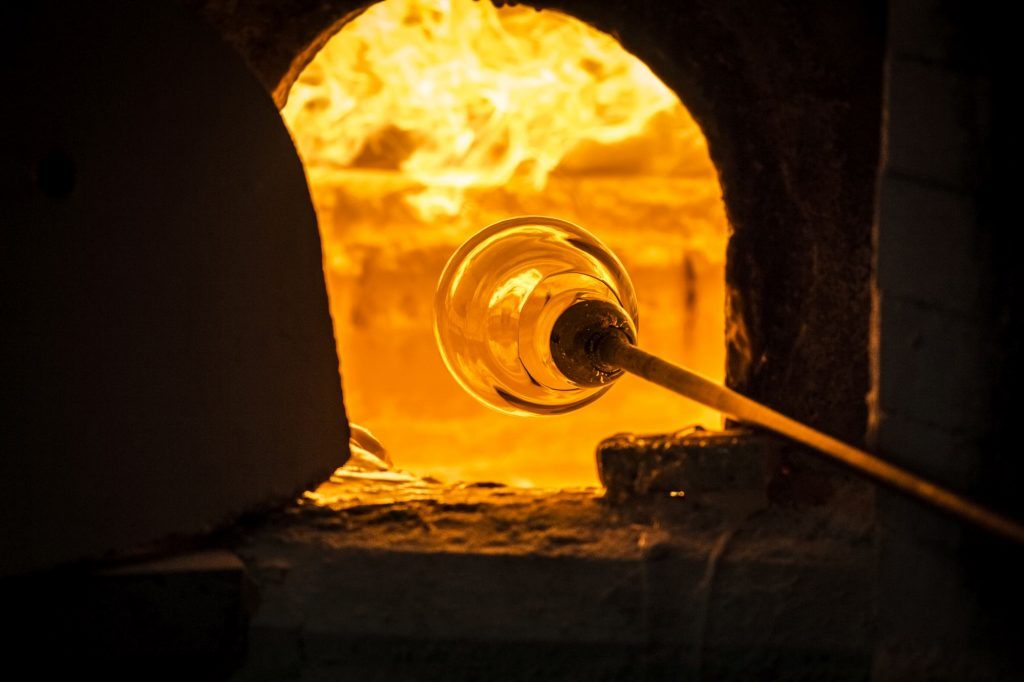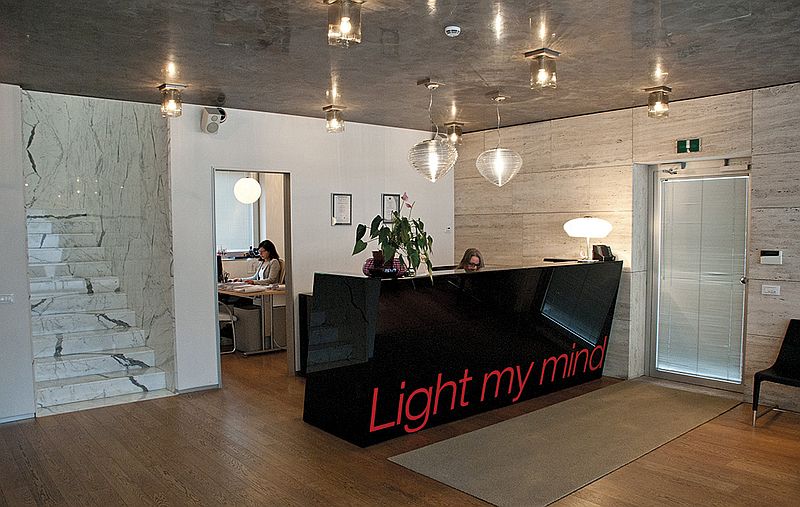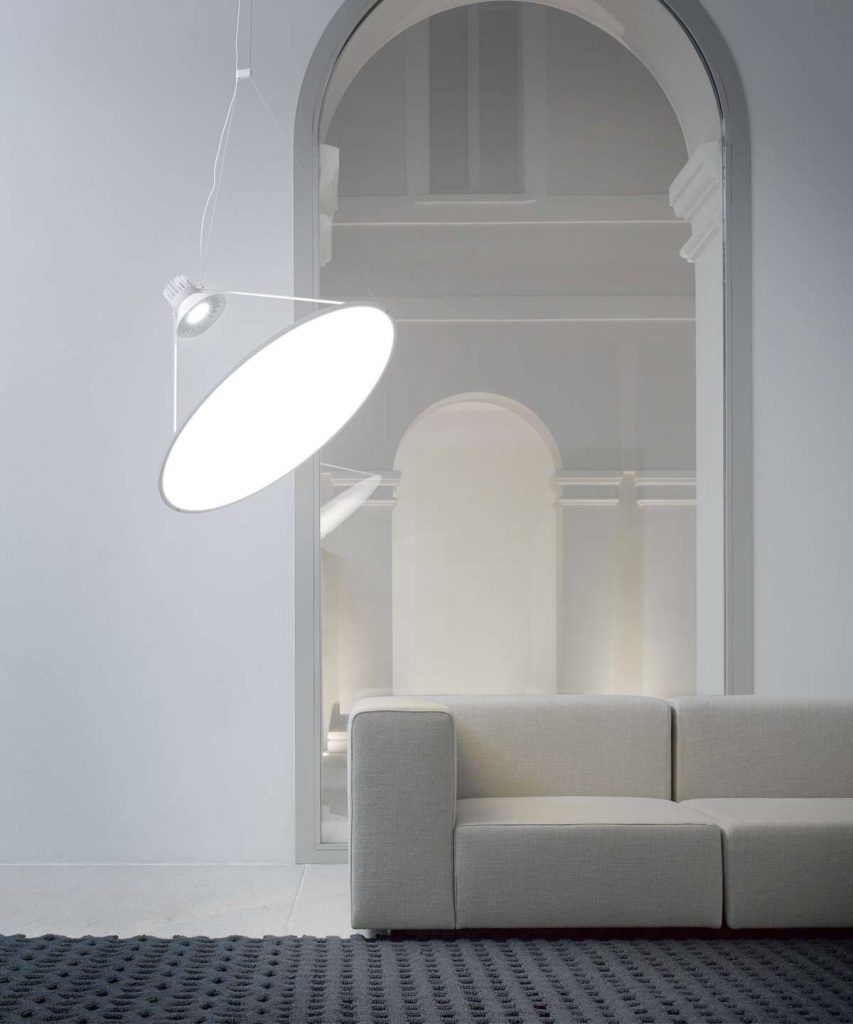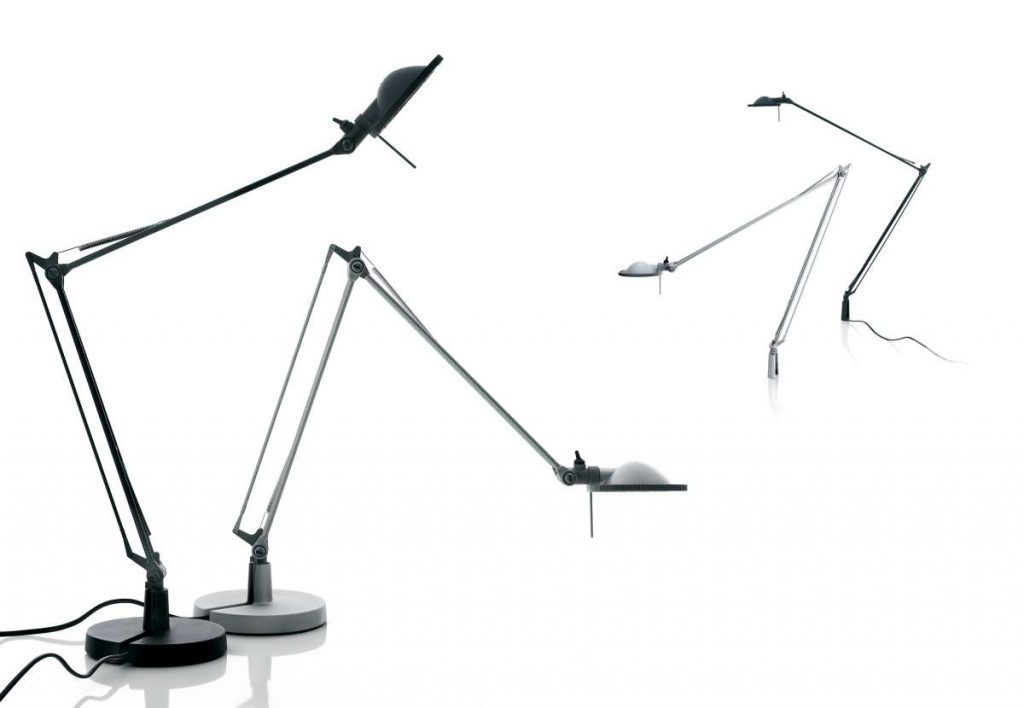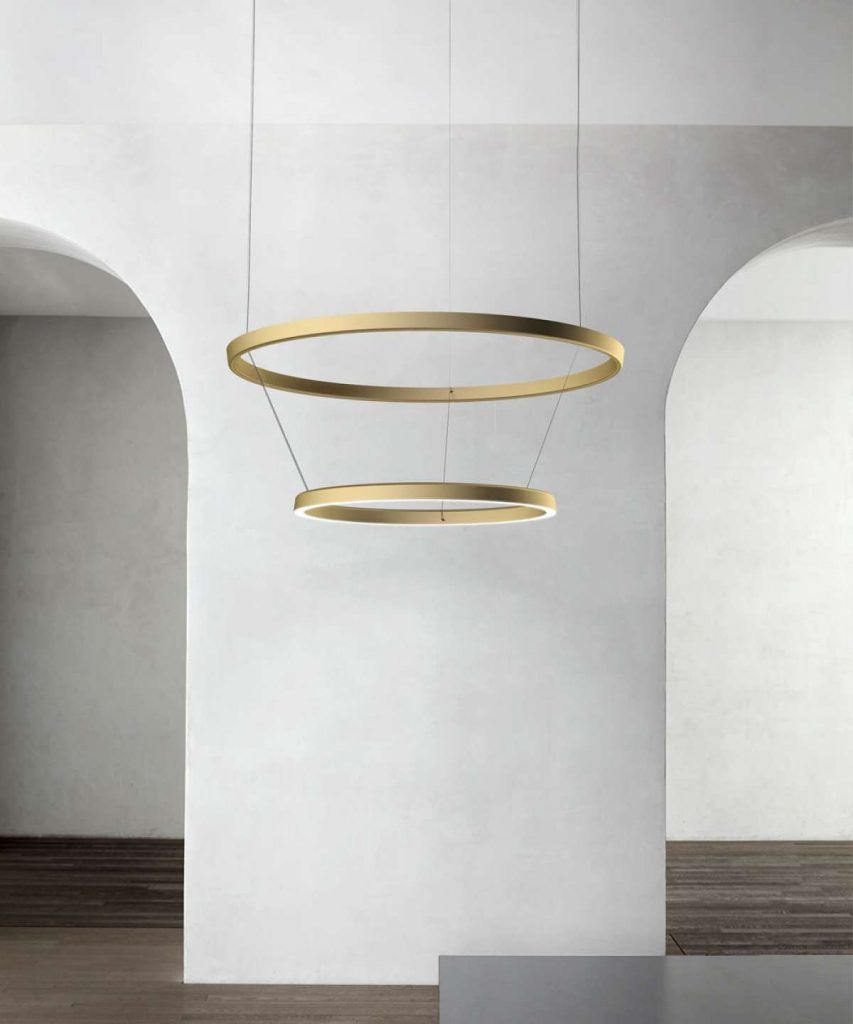Take a look at the new Puro Floor Lamp by the Manufacturer Brokis
The battery-powered lights are not the only new products BROKIS is coming out with. The brand is also devoting considerable resources to the continued development and innovation of some its existing collections, such as the Puro family of lights and the introduction of Puro Floor by designer Lucie Koldova, an exciting new floor lamp that easily becomes one of the most prominent features in any setting. Puro Floor is the latest addition to the Puro family, expanding an already extensive range of interior lighting possibilities. The Puro family is a boldly minimalistic variation on atmospheric pendant lamps. Inspiration for the collection and its name come from the Spanish word for “cigar”, which also means “pure” and is a reference to the composition’s clean lines.
Puro Floor is available in two sizes in matte opal or smoke grey glass, and the light tubes can be combined in different colours. The diffused glow of the tubes elicits a dynamic ambience,?while the matte finish provides an element of subtle provocation. With their elegant minimalist lines and the option of combining tubes of different colours, Puro Floor represent an intriguing lighting element for residential projects, grandiose shopping spaces, and hotels and restaurants.?
The Czech premium lighting brand Brokis stands for the synthesis of exquisite design, superior quality, and the remarkable craftsmanship of Bohemian glass artisans. Conceived by renowned Czech and foreign designers, the original BROKIS lighting collections have steadily earned international acclaim and recognition.
The company combines handblown glass with other refined materials, such as wood and manually pressed metal, in bold lighting compositions that push the boundaries of contemporary design. The Brokis portfolio features modern functional lighting fixtures, decorative objects, and unique lighting solutions for architects and interior designers.
With its own high-capacity production facilities rooted in more than two hundred years of history, Brokis is free to experiment and develop innovative materials, techniques, and technologies as well as offer bespoke lighting solutions.




